The Ashmolean Museum in Oxford is running an exhibition called Labyrinth: Knossos, Myth & Reality until July 30, 2023. I couldn’t resist a visit!
The story of Theseus and the Minotaur in the labyrinth at Knossos was well known, and there had been various conjectures about whether the site really existed.
The original discovery of buildings and items at Knossos was by a Cretan, Minos Kalokairinos, in 1878. However, although archaeologists came to view the site it was not excavated at the time, because Crete was part of the Ottoman Empire, and any finds could have been sent to Turkey. After the independence of Crete, Arthur Evans was given permission to begin excavations in 1900. Due to the complex layout of the buildings, Evans thought the palace itself was the labyrinth of myth. Famously, he partially re-created some of the buildings and decorations so that current-day visitors to the site can get an impression of its former splendor. He named the ancient Cretan civilization “Minoan” after king Minos.
The exhibition includes ancient and modern artworks inspired by the myth. There are also beautiful illustrations showing reconstructions and site diagrams, excavation notebooks, and photographs, and an array of finds from the original and ongoing excavations at the site.
The objects on display include artifacts held by the Ashmolean itself, and others on loan from Heraklion, and Athens, among others.
The photos show some of the items that particularly drew my attention.
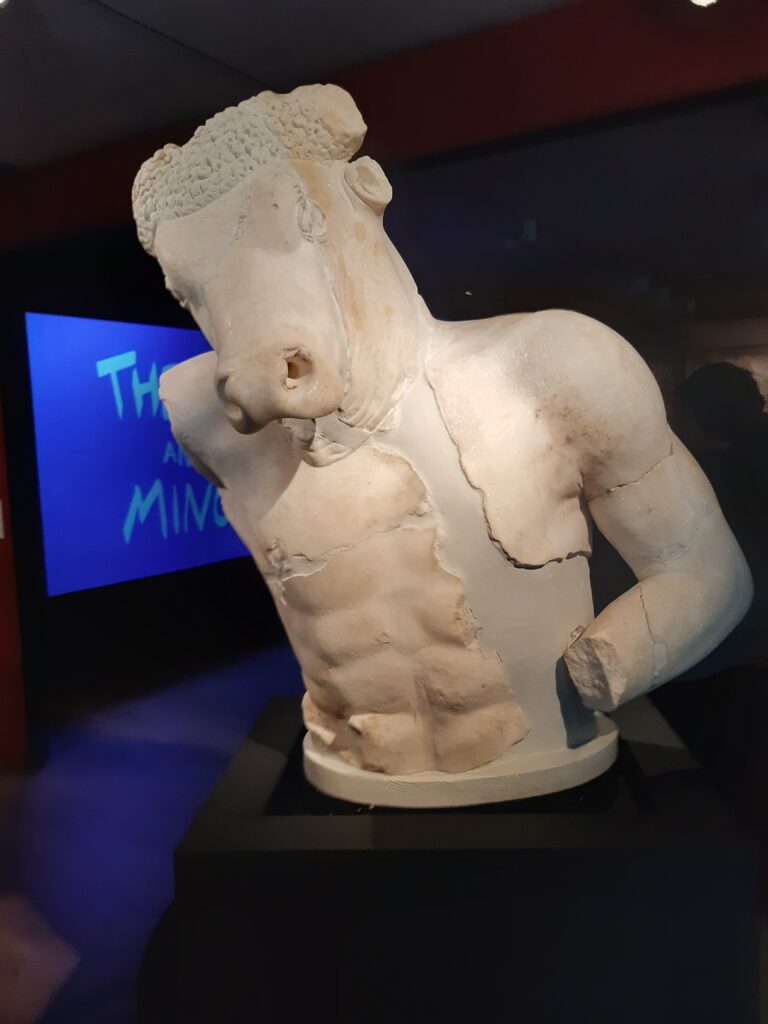


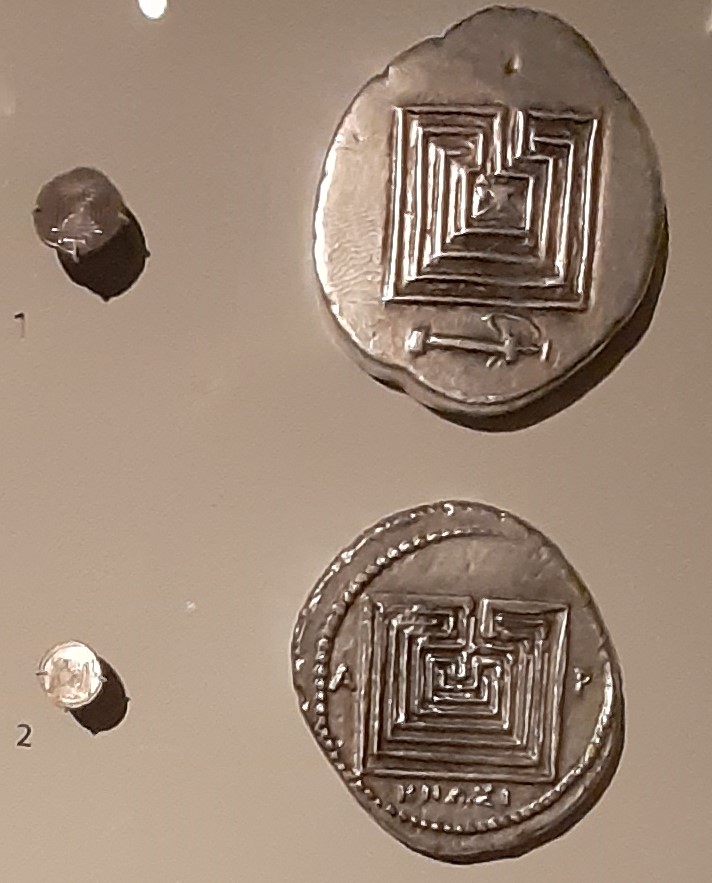
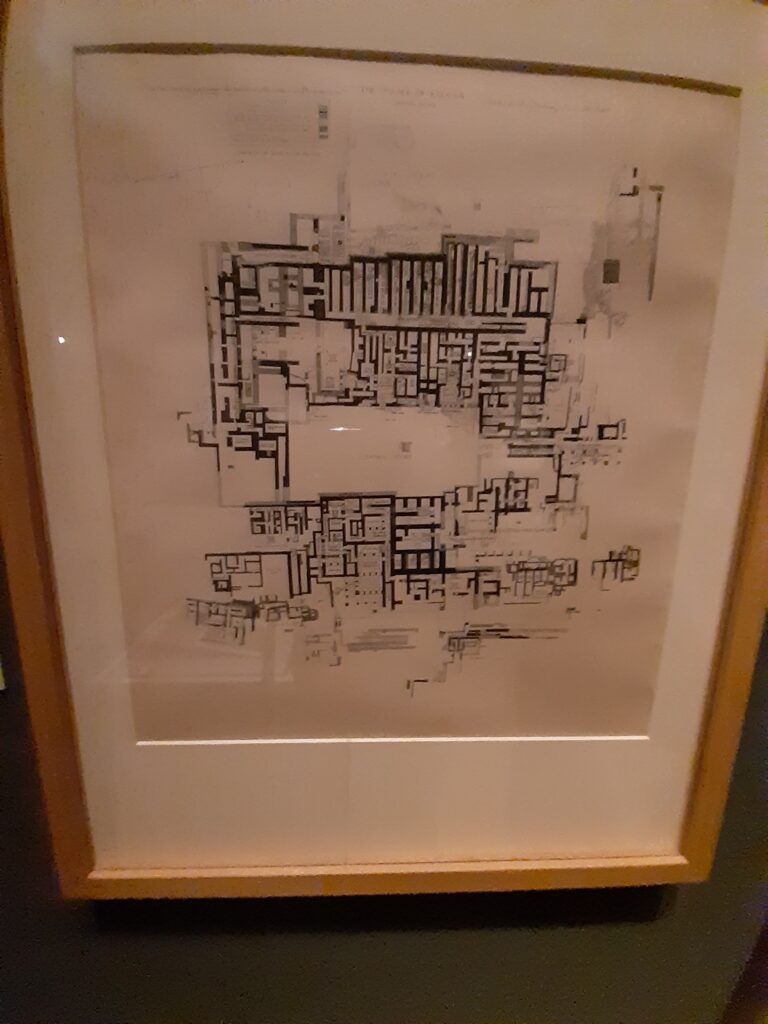
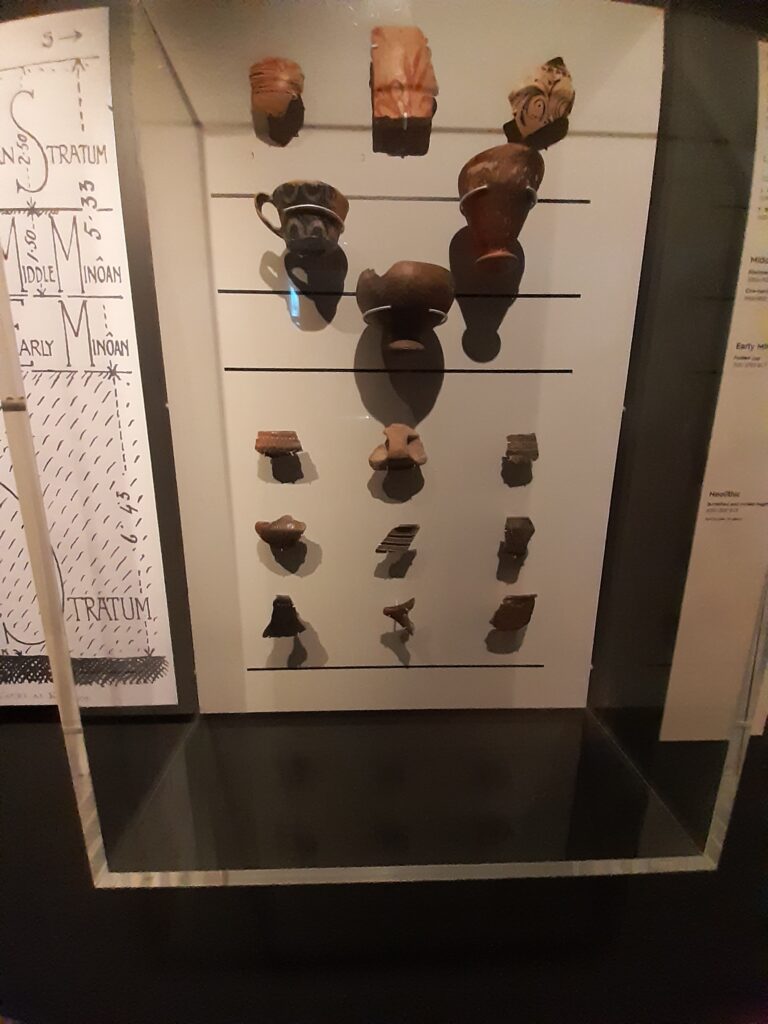

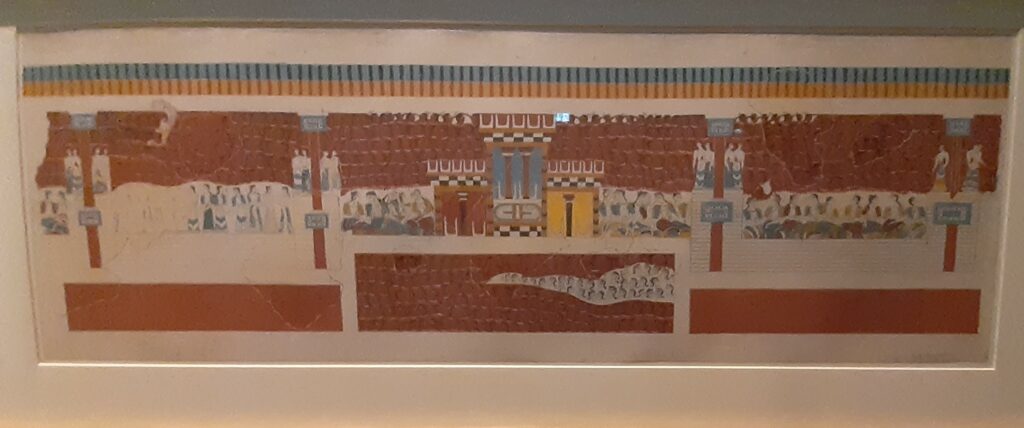

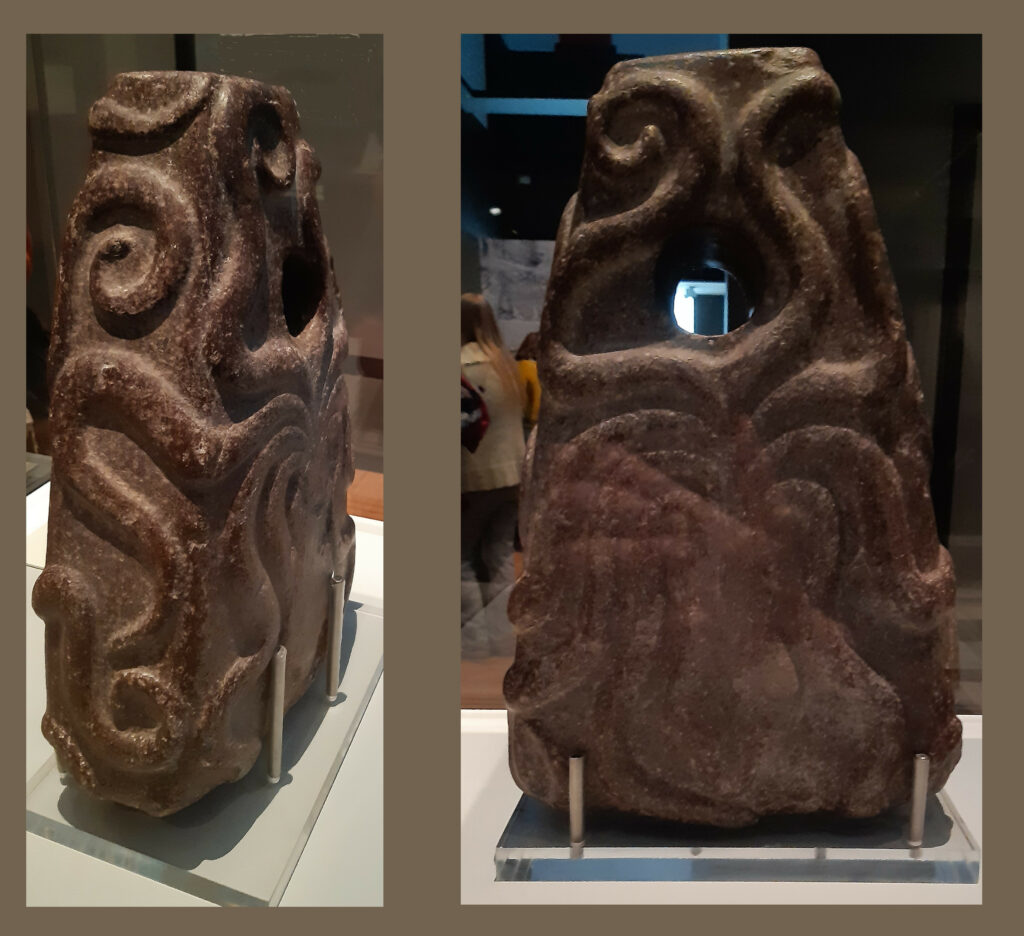

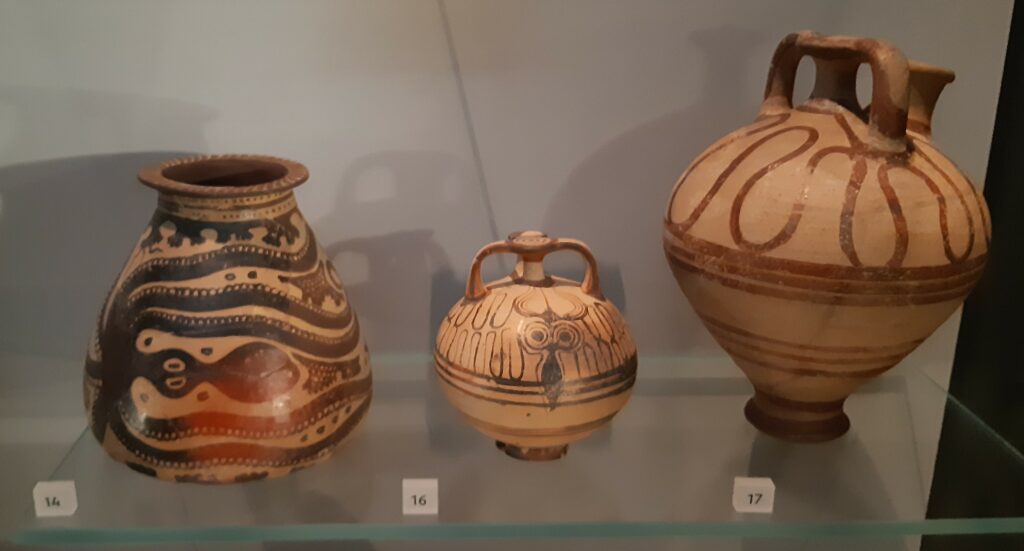
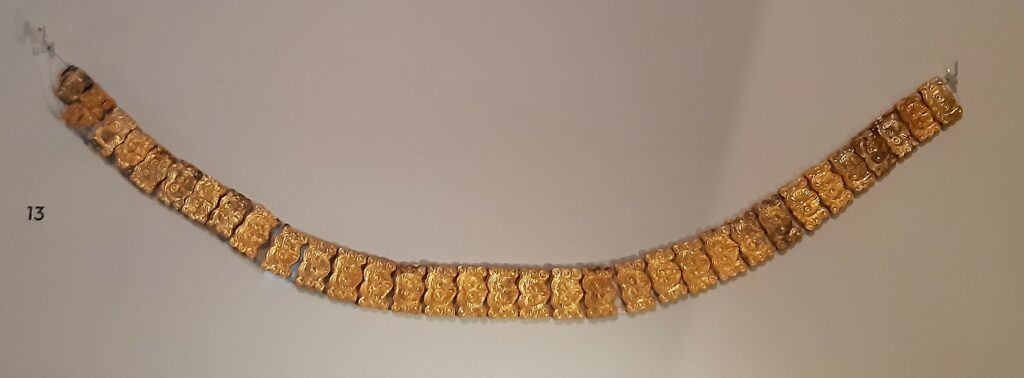
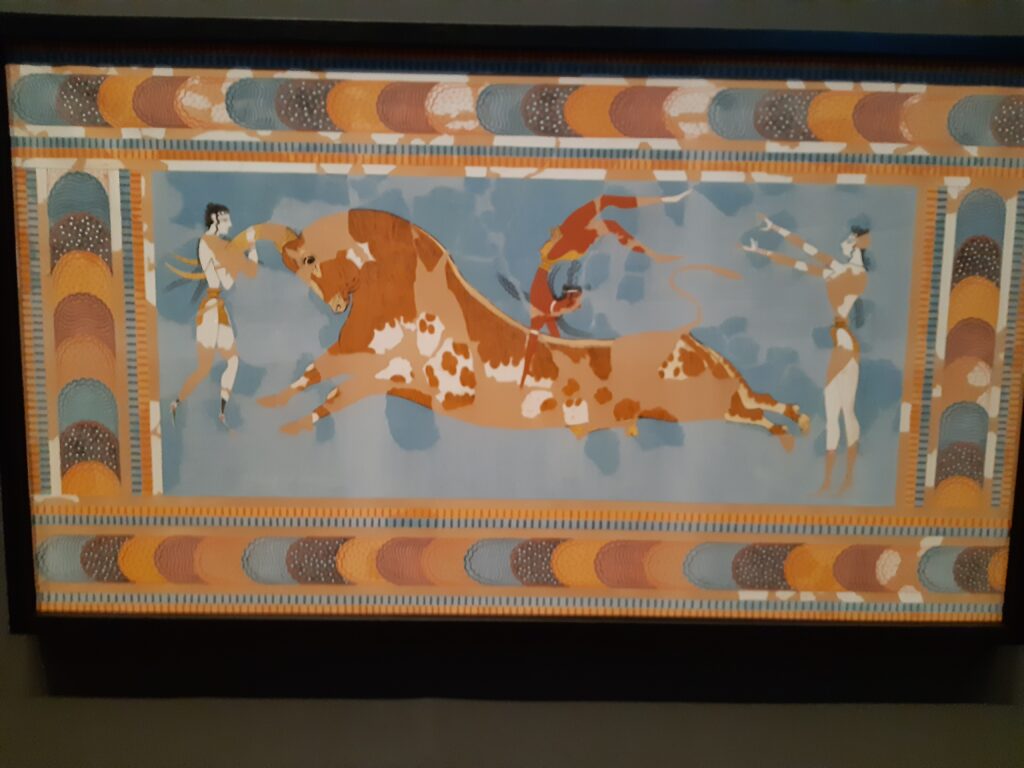
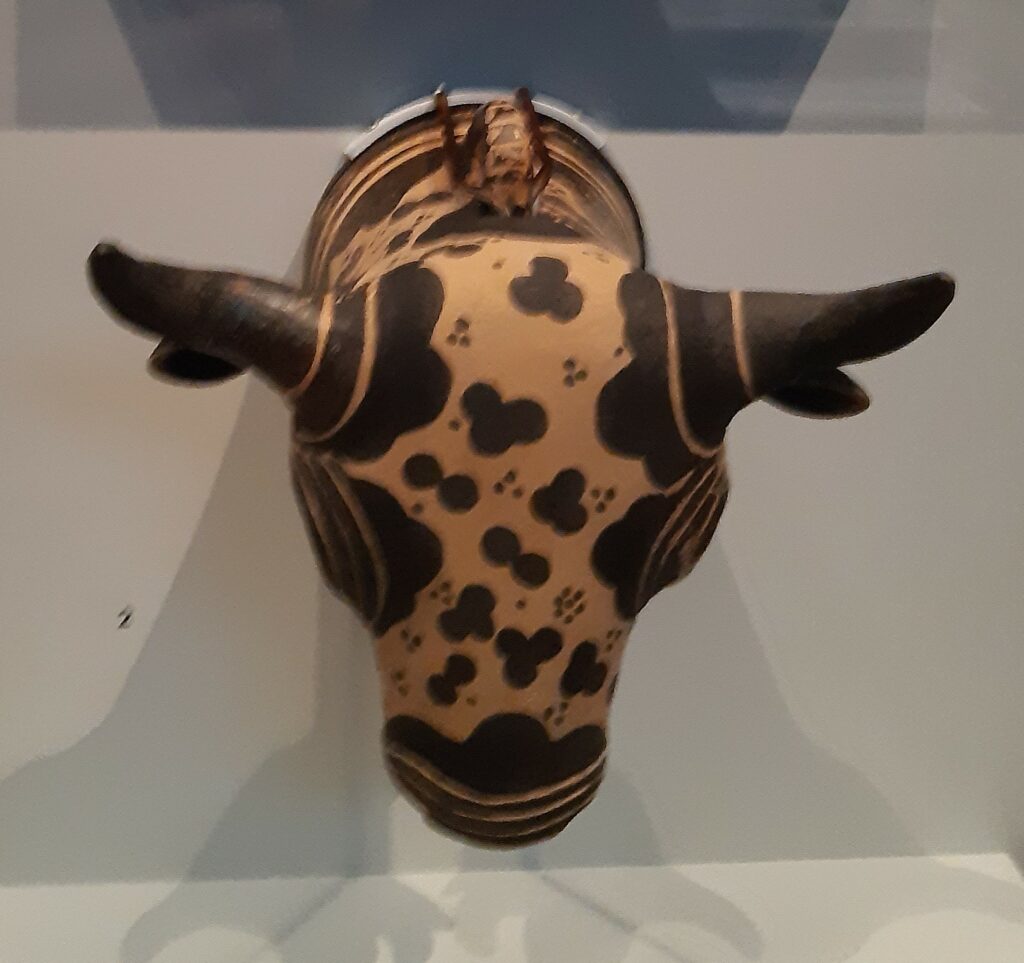
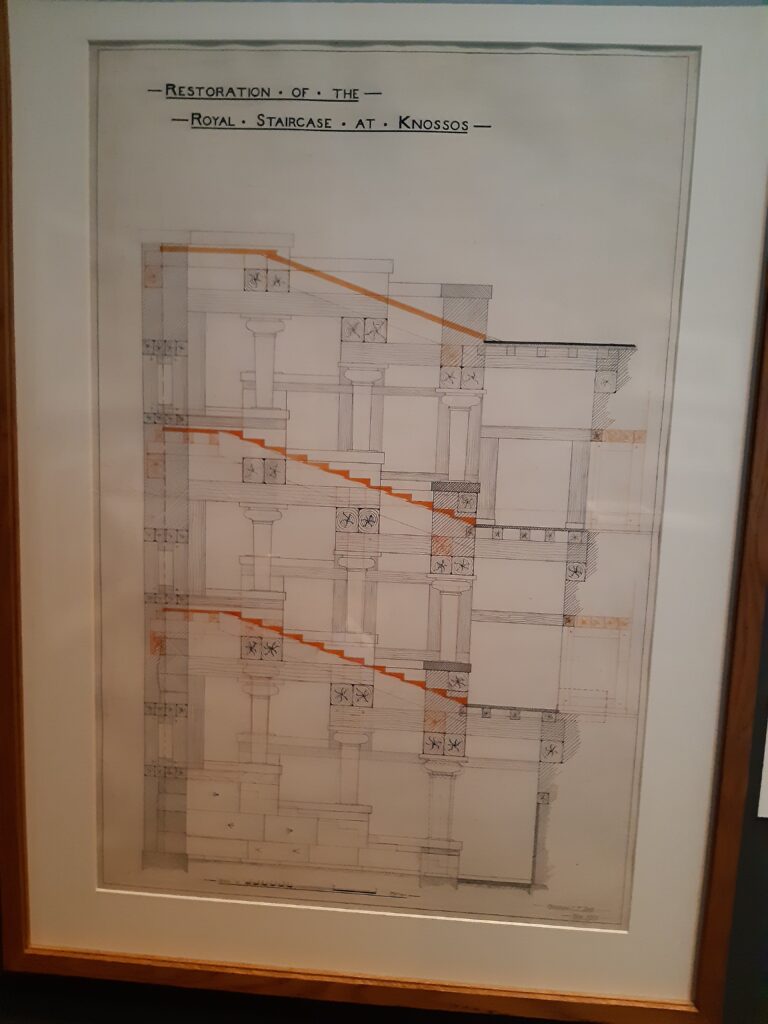

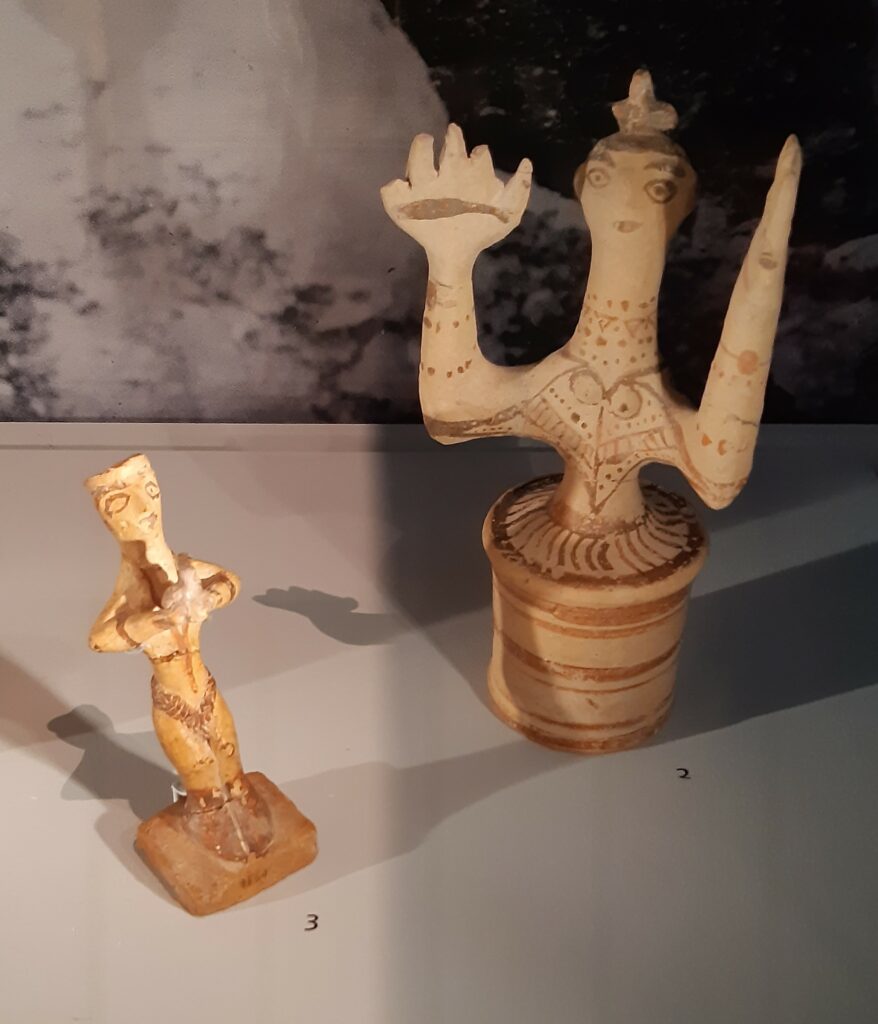
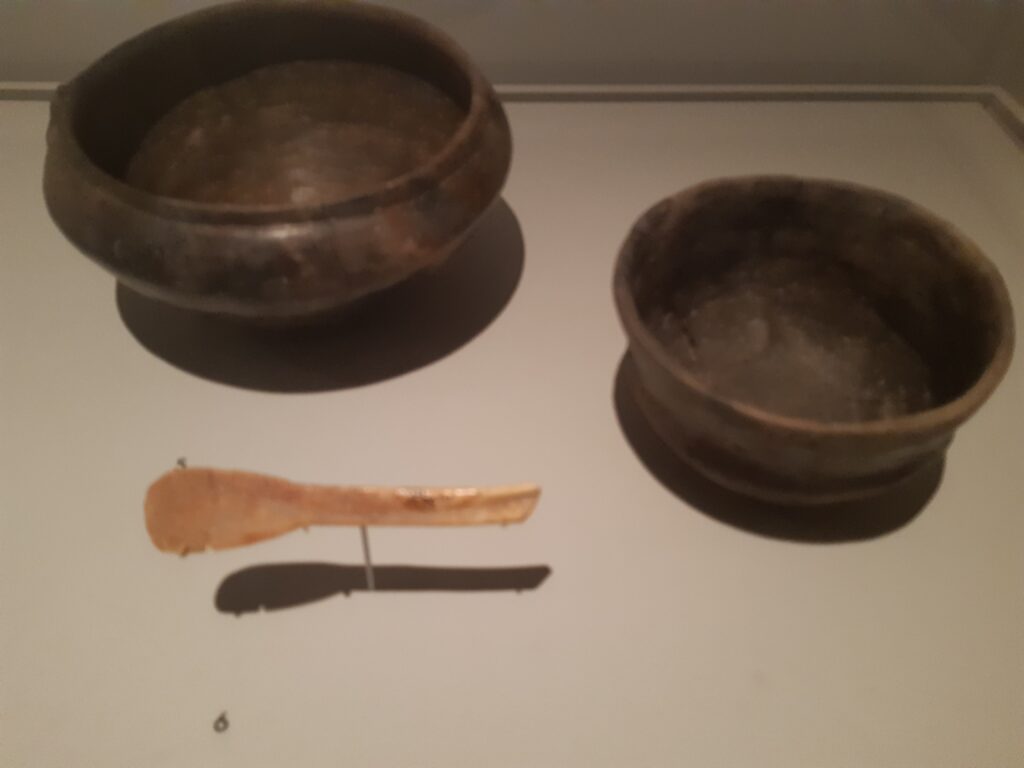

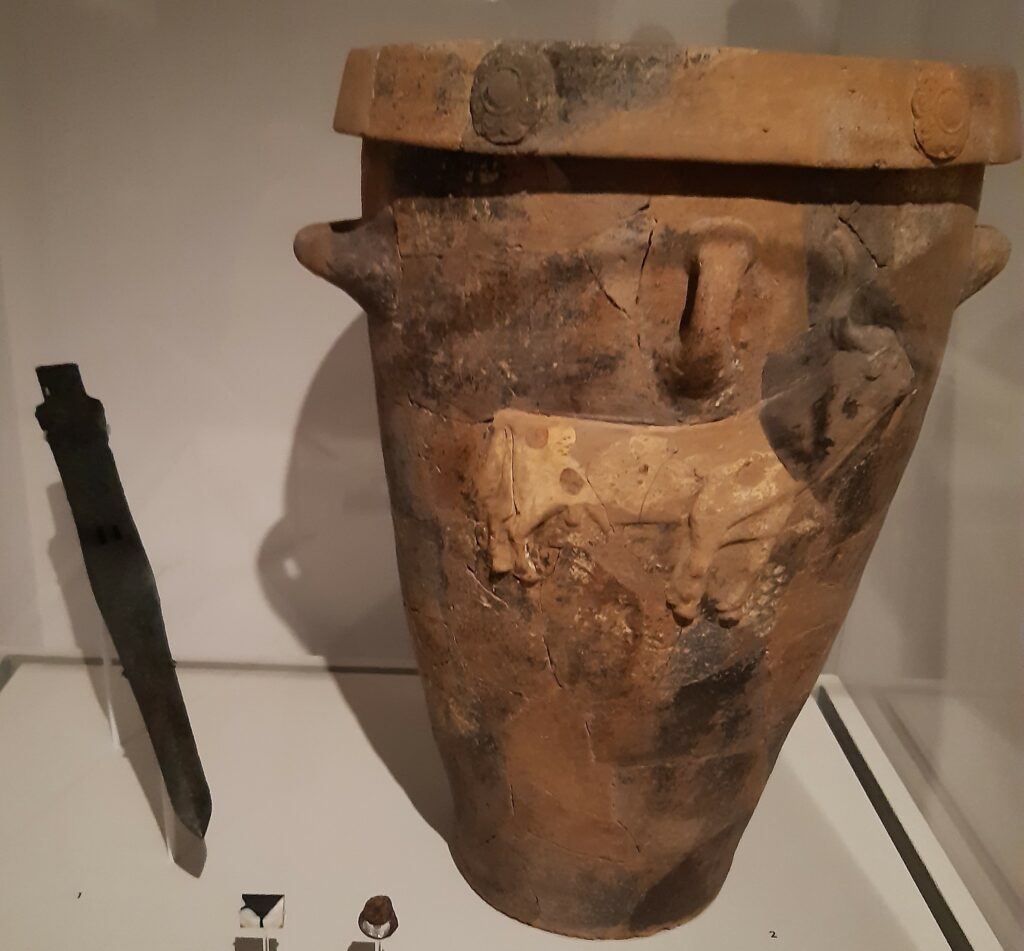
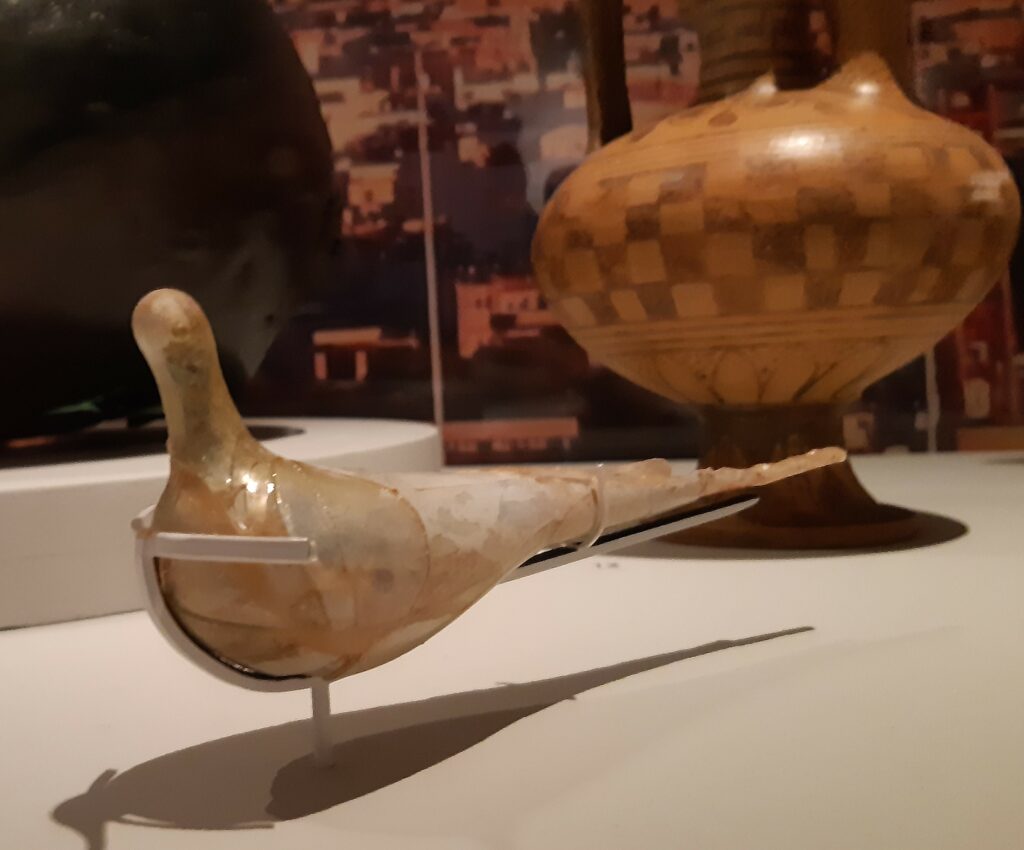
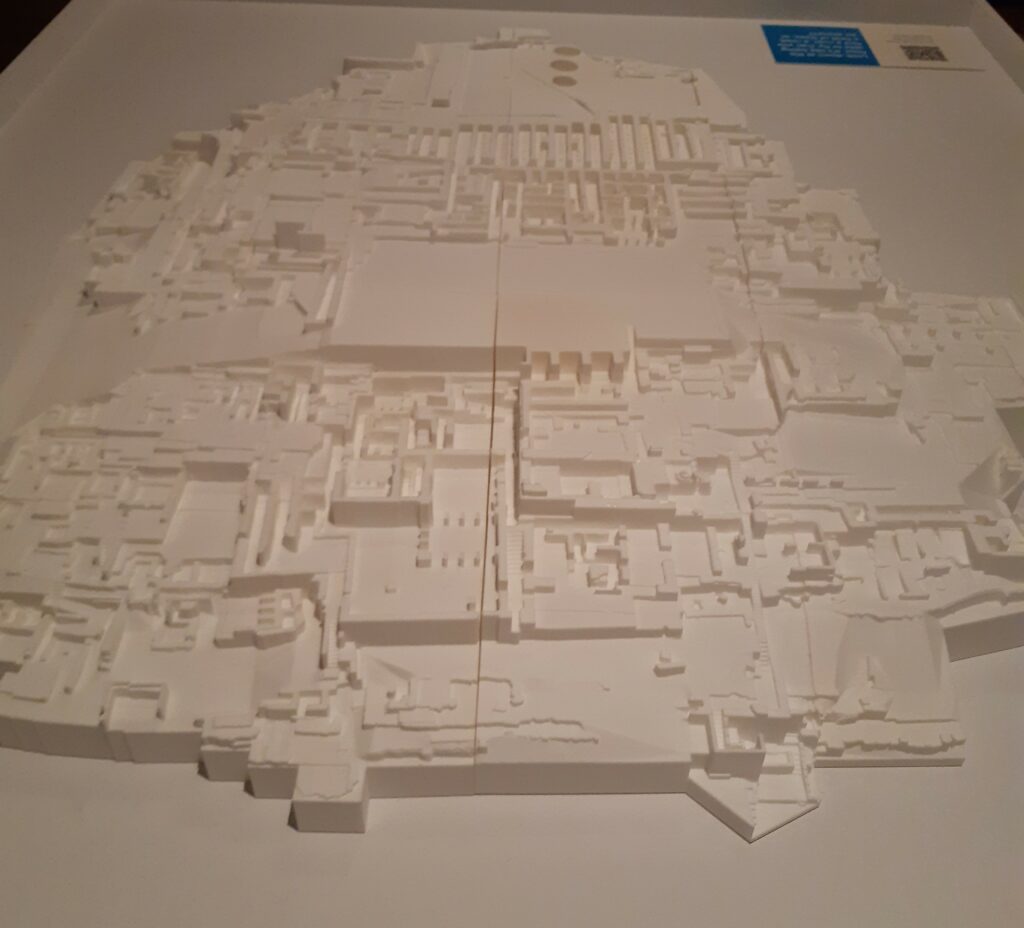
Related posts
Online Open House | A Land Called Crete, with Andrew Koh
The theōriā and the Ship of Theseus
Ariadne: Abandonment and Transformation
On the trail of the Minoan civilization: Crete, June 2019
Notes
Information and captions are based on displays at the exhibition.
Image credits
All photos: S Scott
___
Sarah Scott is a member of Kosmos Society